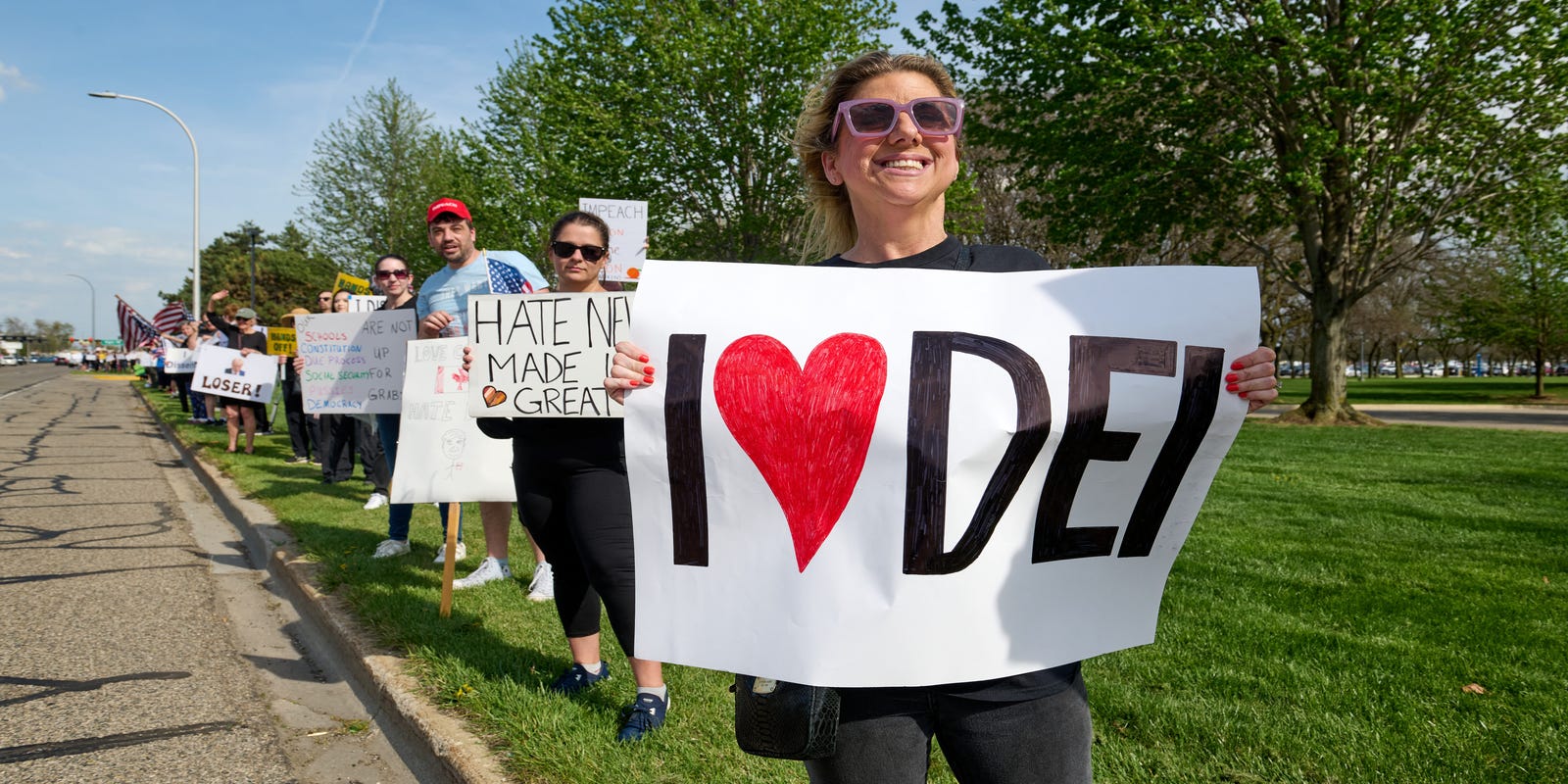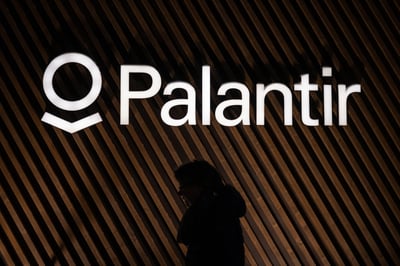
Since the beginning of his presidency, Donald Trump made dismantling diversity, equity, and inclusion (DEI) initiatives one of his early priorities, arguing that such programs foster division and promote a political agenda. Executive actions aimed at ending federal funding for DEI training and restrictions on so-called ‘divisive concepts’ were among the measures implemented during his administration.
However, even amid legal and political efforts to roll back these programs, DEI has proven remarkably resilient. In universities, corporations, and public institutions, many DEI initiatives continue to operate, often reformulated under different nomenclatures or embedded more deeply into institutional policies.
Experts attribute this endurance to widespread recognition of systemic inequalities and a persistent demand for inclusive practices, especially from younger generations and global markets. Many corporations argue that inclusive environments help attract talent, fuel innovation, and bolster long-term financial performance, leading some to adapt rather than abandon their DEI goals.
Legal challenges and state-level bans have had an impact, particularly in public education and government hiring, but many affected entities have sought ways to maintain inclusive goals while remaining compliant with evolving legislation. In some cases, the conflict has led to more nuanced or expanded discussions around the methods and metrics of measuring progress in diversity and equity.
In this polarized climate, DEI has become a lightning rod in America’s ongoing culture wars. Despite attempts to curtail its reach, the values underpinning DEI continue to find support among broad swaths of the public and private sectors. As political tides shift, the future of DEI will likely depend on a combination of public engagement, legal interpretations, and institutional commitments to equity-based reform.
Source: https:// – Courtesy of the original publisher.








